Work of SSL DESI team featured in NYT article on dark energy
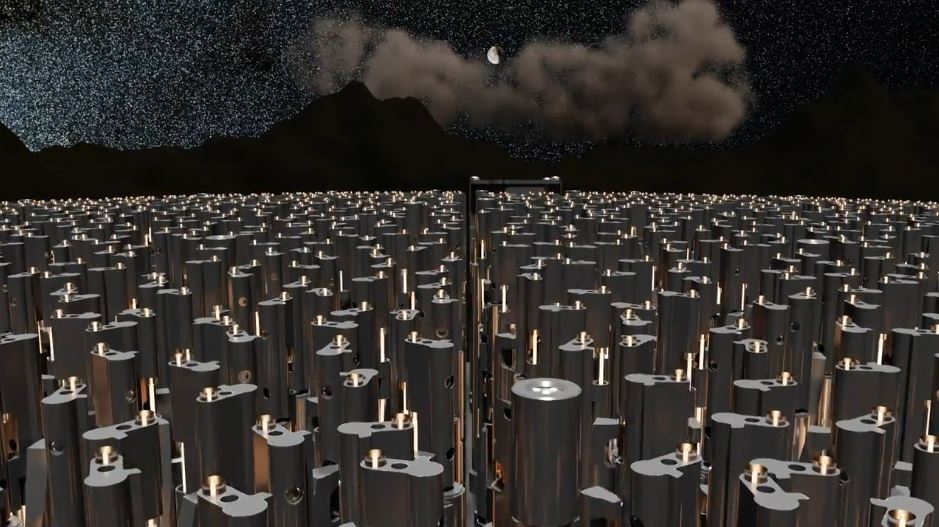
An article in the New York Times on April 4 titled “A Tantalizing ‘Hint’ That Astronomers Got Dark Energy All Wrong” noted the DESI team’s contribution to recent discoveries on the nature of dark energy that challenge previous models showing it is a constant force. DESI is the Dark Energy Spectroscopic Instrument, an international collaboration. […]
Berkeley News: UC Berkeley will manage $300 million NASA mission to map the UV universe
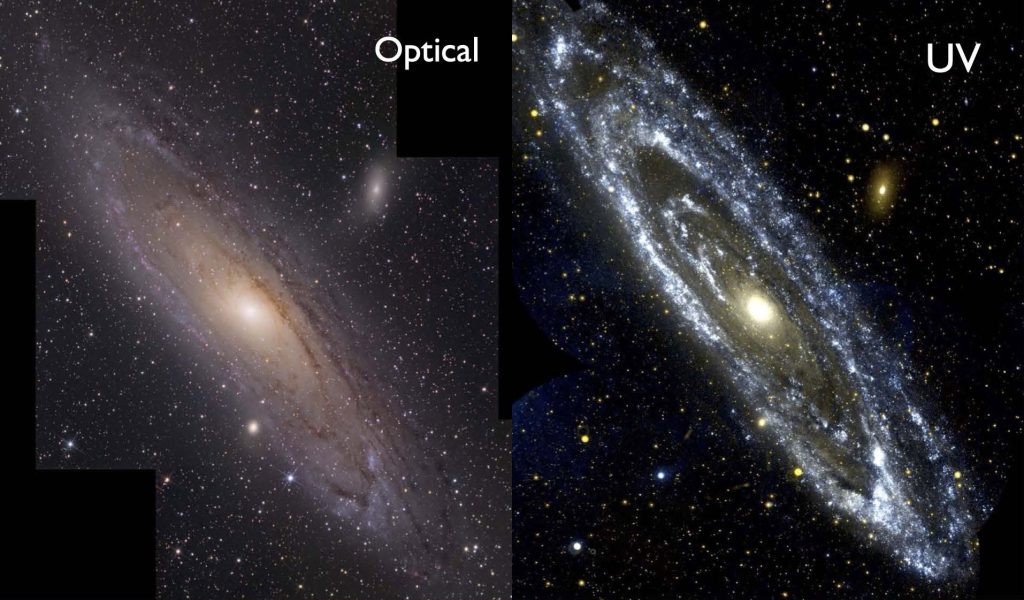
An orbiting space telescope approved by NASA last month and scheduled for launch in 2030 will conduct the first all-sky survey of ultraviolet (UV) sources in the cosmos, providing valuable information on how galaxies and stars evolve, both today and in the distant past.
The $300 million satellite mission, called UVEX (UltraViolet EXplorer), will be managed by the Space Sciences Laboratory (SSL) at the University of California, Berkeley.
SSL will have a booth at AGU

For the first time, SSL will have its own booth at the Fall American Geophysical Union (AGU) Meeting, from Monday, December 11, through Thursday, December 14, at the Moscone Center. AGU is expected to have more than 25,000 attendees from over one hundred countries and the theme is Wide Open Science. SSL scientists will be […]
GAPS Fact Sheet
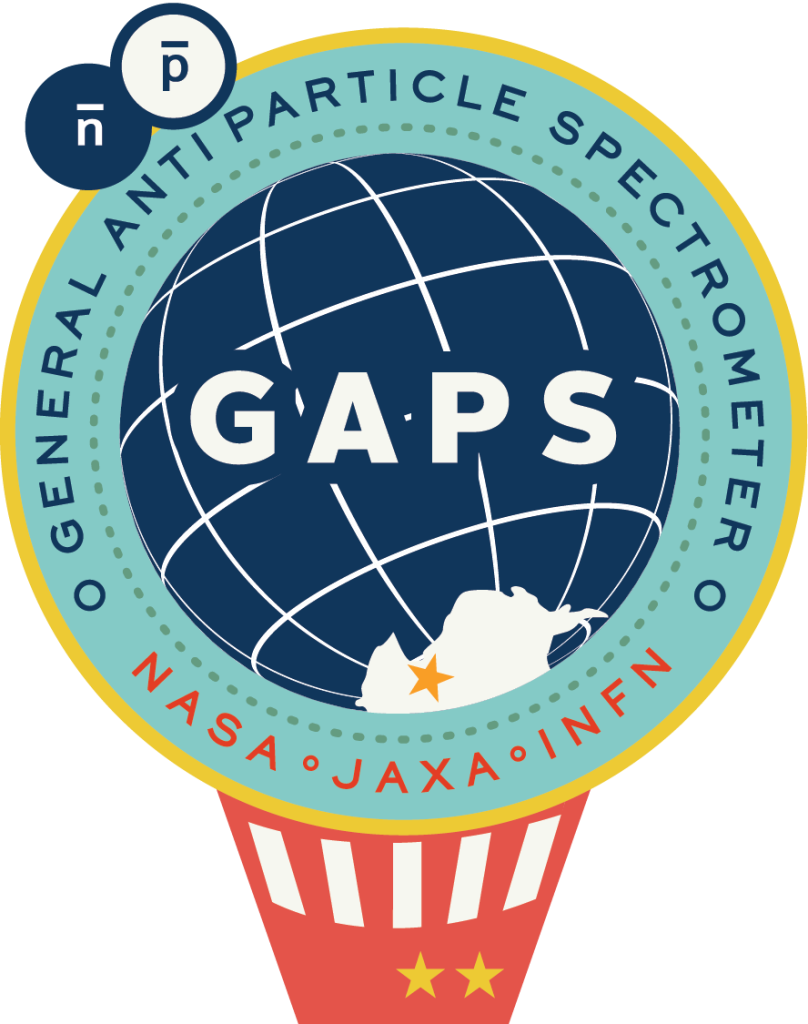
The General Antiparticle Spectrometer (GAPS) is the first experiment optimized to detect cosmic-ray antinuclei below 0.25 GeV/n as a signature of dark matter annihilation or decay in the Galaxy.
DESI Fact Sheet
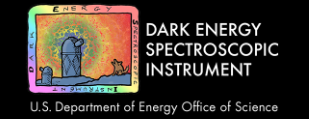
The Dark Energy Spectroscopic Instrument (DESI) will measure the effect of dark energy on the expansion of the universe. It will obtain optical spectra for tens of millions of galaxies and quasars, constructing a 3D map spanning the nearby universe to 11 billion light years.
FUEGO Fact Sheet
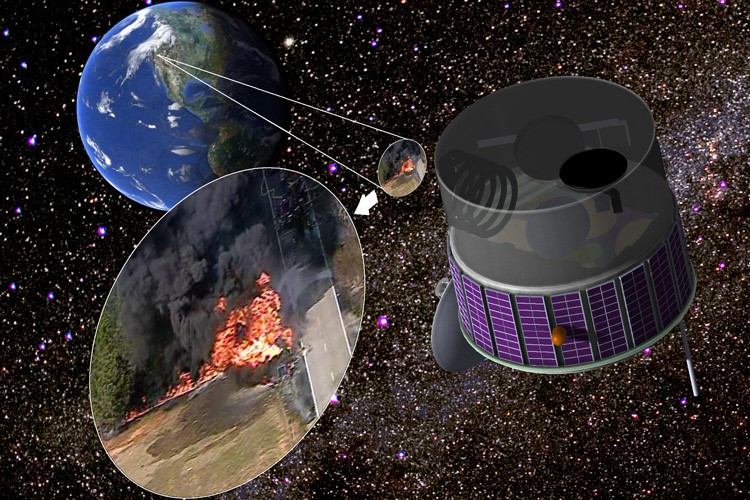
FUEGO’s scientific objective is to detect the very beginnings of wildfires, and to provide real-time information on a fire’s intensity, evolution and movement. The system is an imager operating in two IR bands (4 and 9 microns wavelength), with a visible context imager.
Infrared Spatial Interferometer (ISI) Fact Sheet
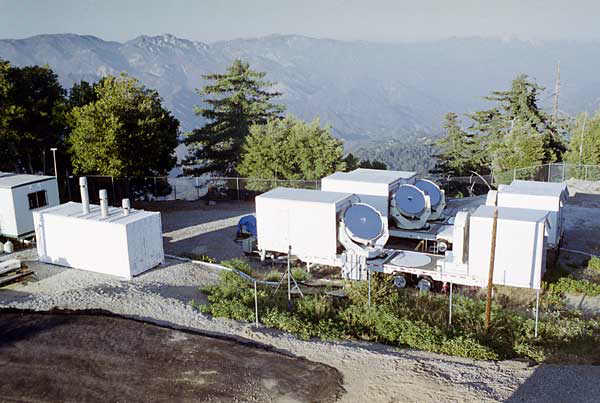
ISI is a three-telescope interferometric array that uses heterodyne detection at 11 microns wavelength (27 THz).
EUSO-SPB2 Fact Sheet
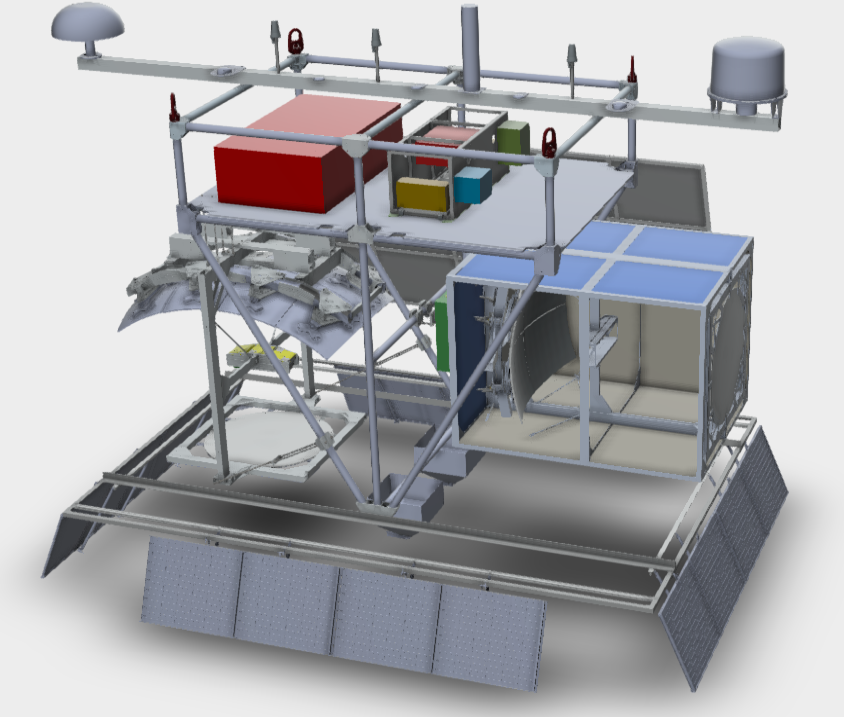
The origin and nature of Ultra-High Energy Cosmic Rays (UHECRs) and neutrinos (UHEN) remain unsolved in contemporary astroparticle physics. The Extreme Universe Space Observatory Super Pressure Balloon II Mission (EUSO-SPB2) is one of several precursor missions for a space mission (JEM-EUSO) that would be dedicated to UHECR research.
MIST Fact Sheet
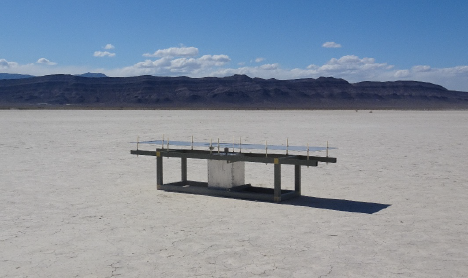
The Mapper of the IGM Spin Temperature (MIST) aim is to detect the global 21-cm signal from the cosmic dawn and the dark age.
STAR

The primary physics objective of STAR is to study the formation and characteristics of the quark-gluon plasma (QGP), a state of matter believed to exist at sufficiently high energy densities.

